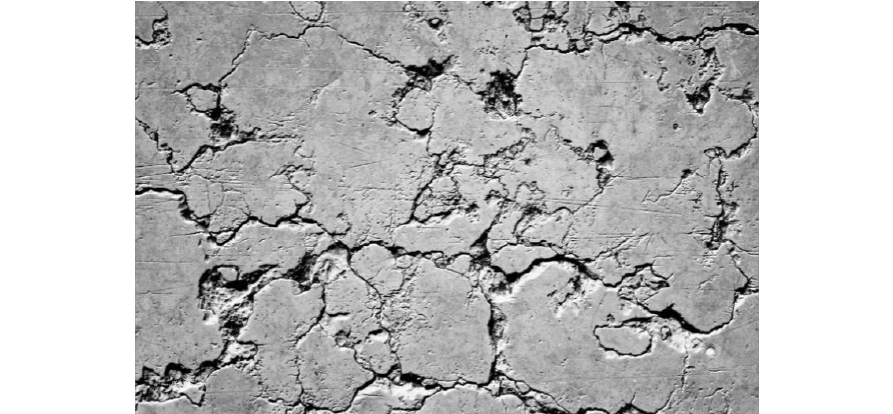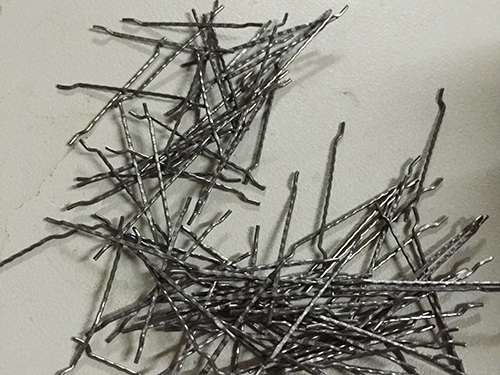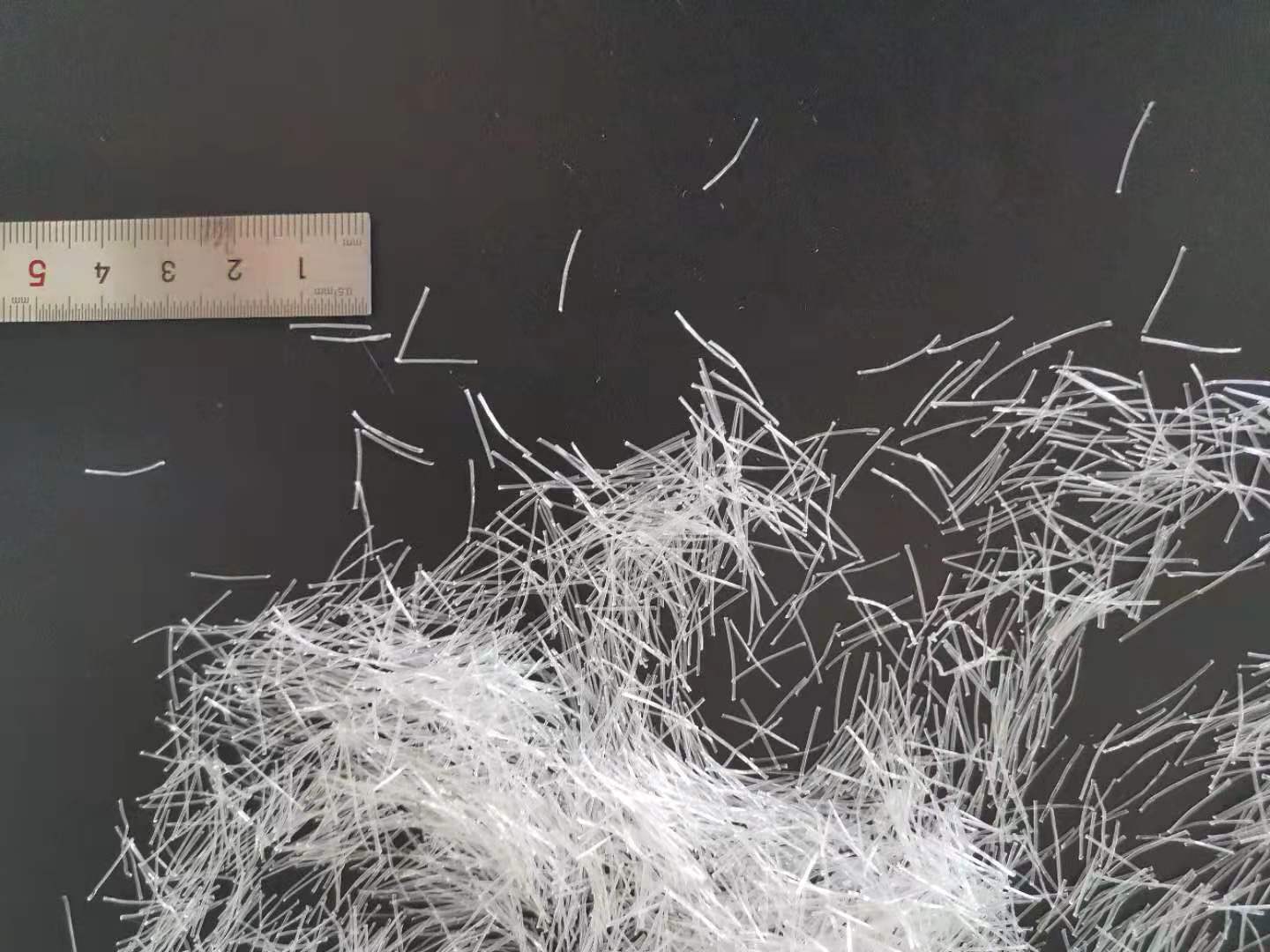There are many reasons for concrete cracks, but the fundamental reason is that the tensile stress in concrete exceeds the tensile strength of concrete. It can be attributed to temperature and humidity changes, excessive deformation caused by external load and improper construction methods. The specific types are as follows:

1. Cracks caused by drying shrinkage of cement. This kind of crack appears on the surface of concrete and is relatively small. Cement is a kind of hydraulic material with dry shrinkage. In the early stage of hardening, if the water content is insufficient due to improper curing, cracks may occur.
2. Temperature difference, cracks caused by thermal expansion and cold contraction. This kind of crack usually occurs in the environment with large temperature difference and large area or length, and there is no expansion joint left in the appropriate position.
3. Cracks caused by stress concentration. This kind of crack usually appears at the internal and external corner or support of concrete slab. It is caused by insufficient reinforcement of negative bending moment reinforcement on slab surface or too large spacing of reinforcement due to thick reinforcement.
4. Overload caused by improper use and cracks caused by excessive deformation. This kind of crack usually occurs in the tensile zone of concrete flexural members.
5. Cracks caused by tension. In the process of tensioning of prestressed reinforced concrete members, cracks may be caused if the control is not good. This kind of crack usually appears at the end of prestressed member or the upper surface corner of slab.
6. Cracks caused by uneven settlement. Because of the uneven settlement of the foundation, the tension of the foundation or ring beam, girder and other components is too large and cracks appear.
7. During the construction, the structure will crack due to the vibration, deformation or displacement of the formwork in the initial setting stage of concrete.
8. Cracks caused by early loading. During the construction, the concrete strength does not meet the design requirements due to the early removal of the formwork, so that the component overload and cracks appear.
9. If the construction joint is not well treated, cracks may appear in the construction joint.
10. In the process of demoulding, transportation, stacking and lifting of precast concrete components, the compression zone of the components is in tension due to various reasons, which may cause cracks in the components.







